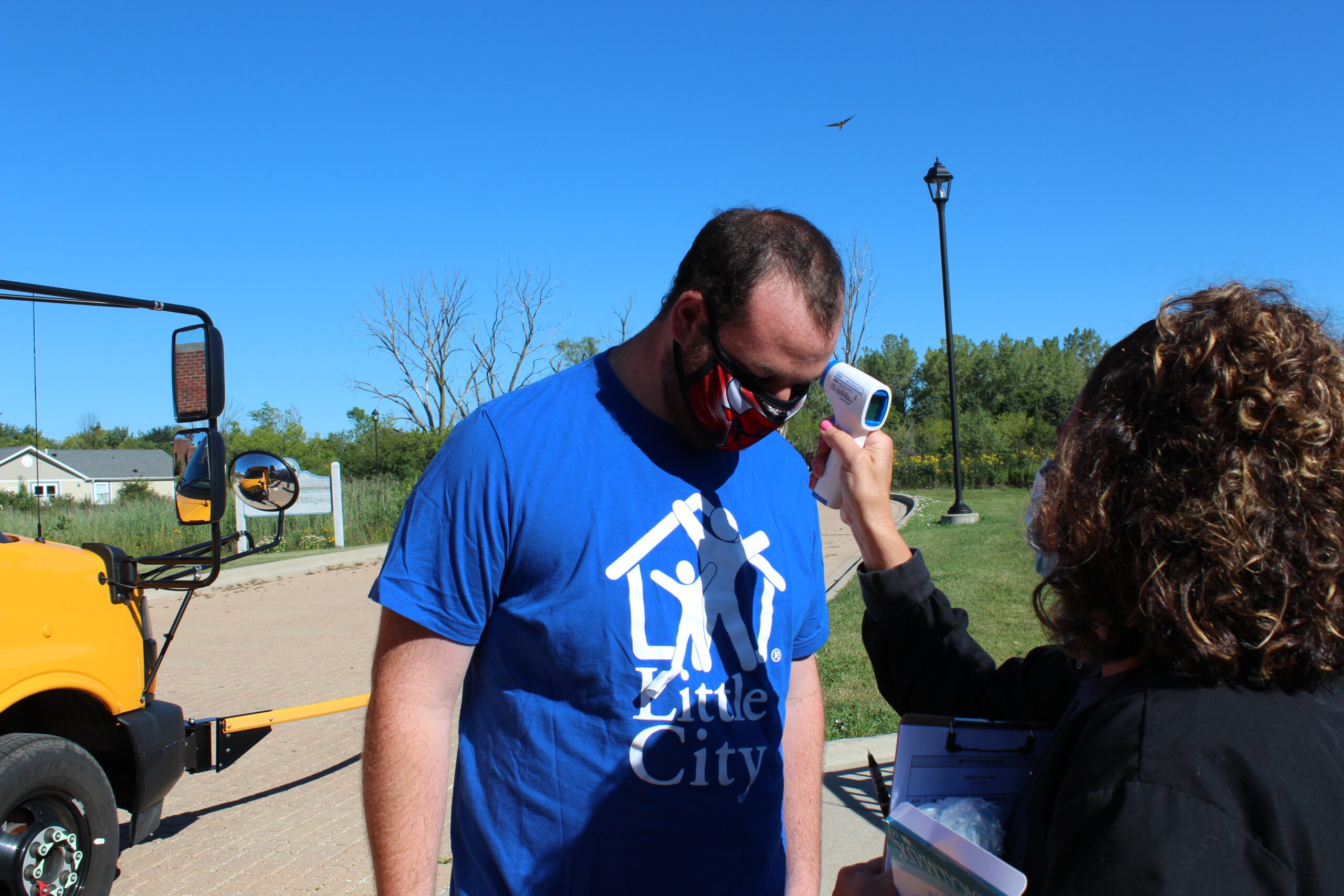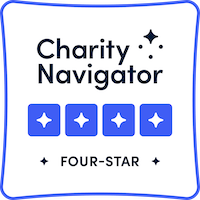Masks were on, temperatures were taken and doors were open as the ChildBridge Center for Education started a school year unlike any other this past August.
Intensive health and safety protocols were implemented all throughout the summer so the school could safely welcome back the 36 students eager to get back to in-person learning. Some of those safety measures meant a big change for students as they no longer go to seven of eight classrooms per day and go on weekly community outings. Instead, students are grouped with the same three or four classmates every day and stay in the same room to minimize exposure to others.
While the restrictions have caused some challenges in a curriculum usually reliant on hands-on experiences, principal Phil Siegel says it has opened doors for a new way of learning. The focus this year is on a comprehensive, continuum of learning that bridges the gap between home and school.
After the incredibly successful summer e-learning sessions that saw a harmonious relationship between residential and school staff, Phil said they are aiming to replicate that in the school by having four behavioral analysts from the homes spend one day in the school each week. That person is then able to create a consistent style of teaching between what happens at school and in the home.
“In the past there has always been cooperation but now we’re moving toward collaboration,” Phil said. “We are very intertwined. Where I think we once saw it as this is residential and this is school, we very much see each other now as authentic teammates in the truest sense of the word.”

Now that the bridge between school and home is stronger than ever, the challenge throughout the school year will be to replicate some of those vitally important life-skill experiences in the community that are not currently possible.
School administrator Jessica Kingji said classrooms — and even the gymnasium — will be used to replicate experiences such as grocery shopping and restaurant dining as best as possible to make up for the lack of community trips. She has already seen teachers and staff step up to deliver
creative and dynamic experiences within the more restrictive environment.
“Change is hard for all of us, especially our kids,“ Jessica said. “But one thing Phil has definitely done is really set the bar high with regards to expectations in classrooms and quality of what we do. We’re not losing sight of that true quality programming. We have a 56-acre campus and we are
going to utilize that as much as we can.”
And if the school year proceeds uninterrupted as planned, the Center for Education will see two eighth graders graduate into its high school ranks and as many as five students graduate and age out into adult services, opening the door for a new class of middle school students to start in 2021.



